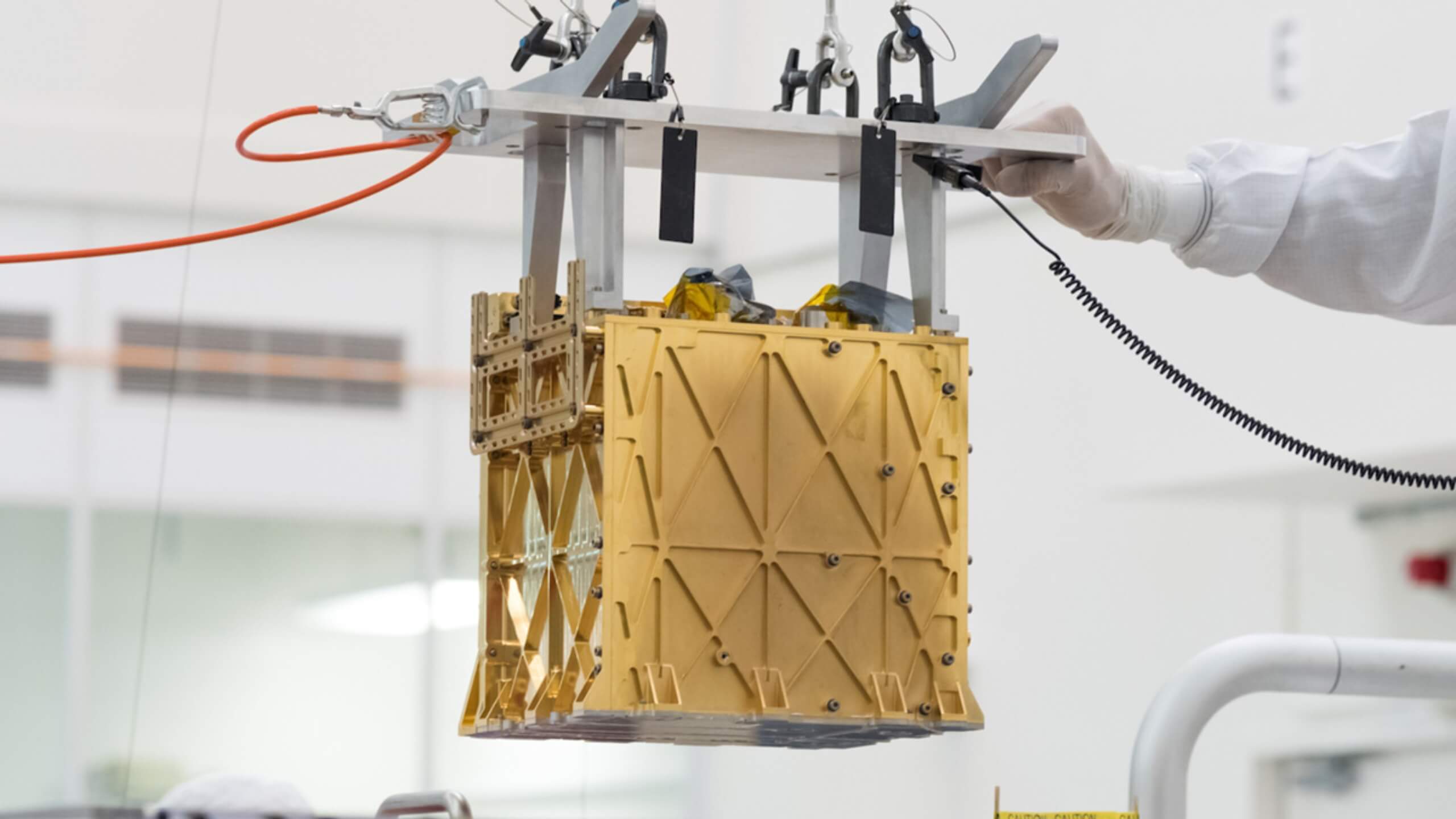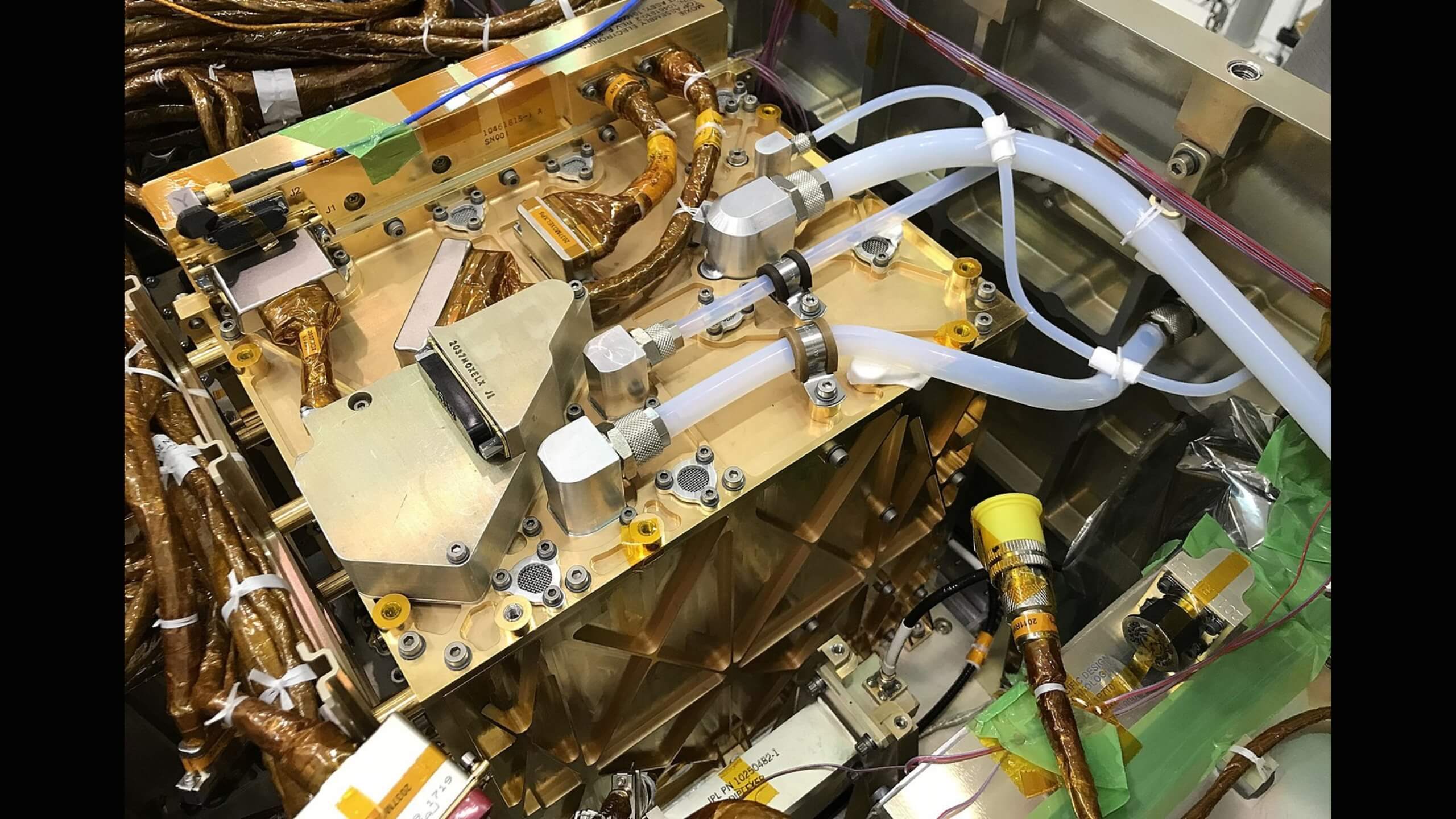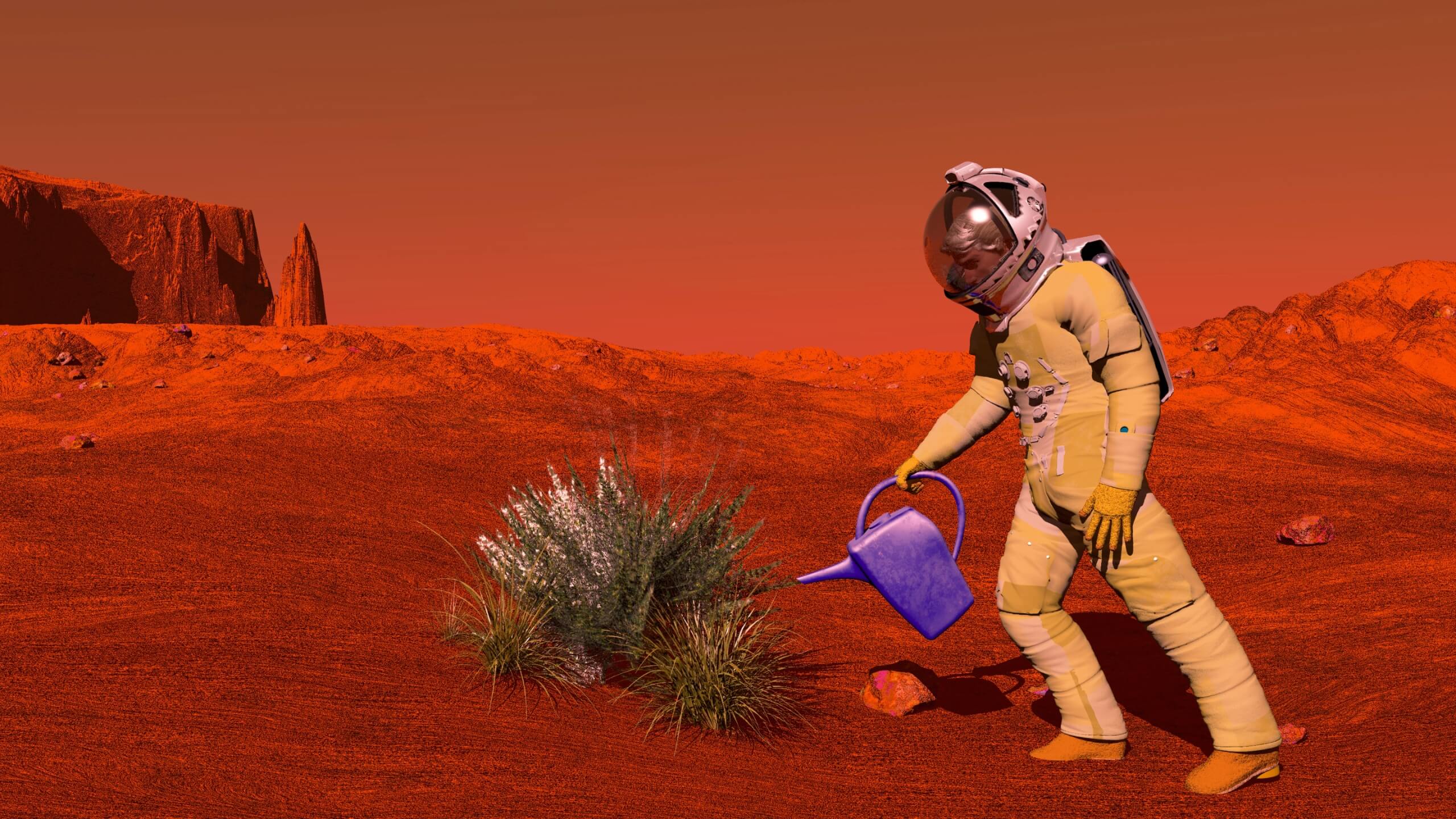Generating oxygen on Mars is an important goal for scientists to create a sustainable colony. The most effective way to generate oxygen on Mars is through the process known as electrolysis. In this process, electricity is used to split water molecules into hydrogen and oxygen.
Water can be obtained from the abundant sources of ice found on the Martian surface or from the underground aquifers. Power used in this process can be obtained from solar energy or other renewable sources, which make this process a feasible option to generate breathable air on Mars.
Moreover scientists are exploring ways to use plants and algae as bio-reactors to produce oxygen from carbon dioxide through the process of photosynthesis.
What is MOXIE: NASA’s Experiment
An instrument known as MOXIE aboard the Perseverance Mars Rover of NASA successfully generated oxygen from the carbon dioxide-rich Martian atmosphere. MOXIE conducted seven different experiments in 2021 and successfully accomplished the task.

MOXIE (Mars Oxygen In-Situ Resource Utilization Experiment) is a toaster-sized experimental device and an exploration technology investigation, which is sponsored by the Space Technology Mission Directorate (STMD) and Human Exploration and Operations Mission Directorate of NASA.
Oxygen is not only vital for astronauts to breathe but also for rockets to burn its fuel. The oxygen requirement of a rocket is about ten times of the quantity that a crew of four to six astronauts would consume in 18 months on Mars. About 25 metric tons (55,000 lbs) of oxygen and 7 metric tons (15,000 lbs) of rocket fuel would be needed to get a crew of four astronauts off the Martian surface.
It would be an onerous task to transport 25 metric tons of oxygen from Earth to Mars. In contrast, hauling a large and powerful successor of MOXIE that could have one ton weight and the ability to generate those 25 metric tons of oxygen would be more cheap and practical.

Mars’ atmosphere has 96% carbon dioxide and only 0.16% oxygen. A carbon dioxide molecule is composed of two carbon atoms and one oxygen atom. MOXIE splits the carbon dioxide molecules into carbon and oxygen atoms, separates oxygen atoms and then reunites oxygen ions to generate the breathable and combustible oxygen molecules. In this process, carbon monoxide is produced as a waste product which is released into the martian atmosphere.
Also read: What is Mars atmosphere made of?
This process of generation oxygen from carbon dioxide molecules need a higher temperature of about 800 ℃ (1,470 ℉). For this purpose, the MOXIE unit is built from heat-tolerant materials, like parts of 3-D printed nickel alloy (works to warm up and cool the gasses passing through it) and an aerogel of lightweight (works to retain heat). The outer region of MOXIE is coated with a thin layer of gold, which reflects infrared heat and prevents it from radiating outward. In such a way, the other parts of Perseverance Rover are protected from potential damage.
According to NASA, MOXIE is designed to produce a maximum amount of 10 grams of oxygen per hour. It proved fairly modest in the first test and generated approximately 5 grams of oxygen in one hour. It is equal to the amount sufficient for an astronaut to breathe for 10 minutes.
MOXIE is the initial step towards a bigger and complex system that could support human exploration on Mars. According to researchers, a system would be needed that could generate an estimated amount of 2 to 3 kilograms of oxygen per hour.


